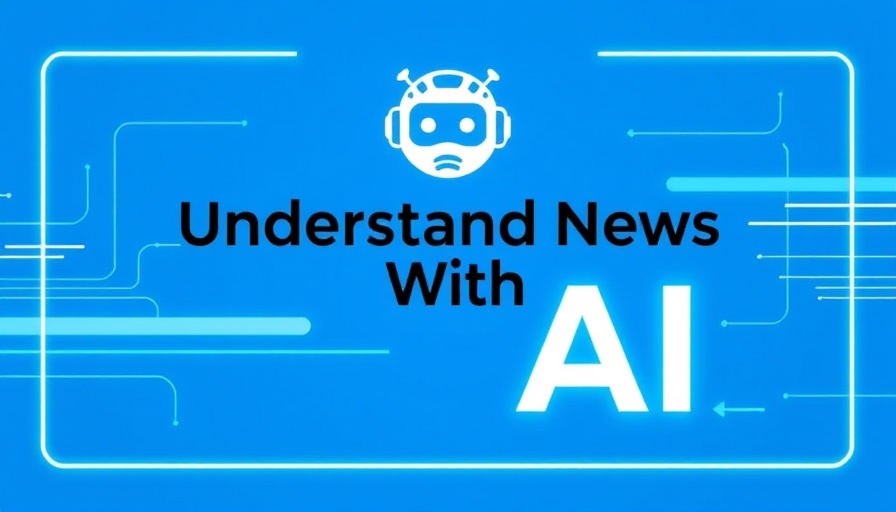
AI Revolution: A New Chapter for Amazon Employees
In a recent memo that reverberated through the halls of Amazon, CEO Andy Jassy set the stage for a dramatic shift in the company’s workforce, warning employees that generative AI could lead to significant job losses. Jassy’s message, delivered amidst a backdrop of Amazon’s growing embrace of AI technologies, urged staff to prepare for a fundamental transformation in their work lives. The message is clear: adapt or risk being left behind.
Understanding Jassy's Call to Action
In his email, Jassy highlighted the company's accelerated adoption of generative AI across various domains, noting that more than a thousand such initiatives are in the works. He believes that embracing these technologies will not only enhance productivity but also lead to a reduction in the workforce. With tools like Alexa+ on the horizon and hundreds of thousands of testers providing feedback, Amazon is gearing up for a future that may leave some traditional roles obsolete.
Preparing for Change: Skills for the Future
To combat this looming threat of AI-induced job cuts, Jassy urged employees to take proactive steps. By leveraging resources like the AWS Skill Builder, which offers free courses to staff, employees are encouraged to cultivate skills that align with emerging technologies. This initiative not only helps workers stay relevant but also reflects a broader industry trend toward lifelong learning in the face of AI advancements.
The Human Story Behind AI
While corporations often focus solely on efficiency gains, it's essential to remember the human elements intertwined in these transitions. Employees across the company express concerns over job security and the implications of a return-to-office policy that, as surveys indicate, may push workers toward seeking new opportunities. A recent British study found that many employees would consider leaving their jobs if forced back into a rigid five-day office routine, underscoring a deeper narrative about workplace satisfaction and mental health.
Layoffs: A Bitter Reality
It’s important to contextualize Jassy's statements within Amazon’s ongoing trend of workforce reductions. The recent layoff of 9,000 employees serves as a stark reminder of the turbulent times tech workers face. Amazon is not alone in this; many tech firms are tightening their belts, often citing excessive hiring practices during growth phases. Even as Jassy paints an optimistic picture of AI’s potential, the reality of job loss looms large and affects real lives.
AI: A Double-Edged Sword
Proponents of generative AI argue it will enhance rather than replace jobs, enabling workers to focus on more complex, fulfilling tasks. Economists have highlighted the potential for AI to create new job categories, yet the immediate concern for displaced workers raises critical questions. Can we realistically assure those affected that transitioning to new roles will be possible? The dialogue around AI is complex and often fraught with varying perspectives.
Giving a Voice to the Affected
With every technological shift, it’s vital to amplify the voices of those most impacted. Employee sentiment around recent layoffs and the push to reskill is a rich ground for storytelling. Many workers fear they may not get the necessary support to transition into new roles, leading to uncertainty about their futures. This narrative is crucial in understanding not just the logistics of change, but the emotional toll it takes on individuals and families.
Conclusion: A Call to Community Connection
As Amazon navigates these changes, it’s imperative for employees to band together, share their experiences, and foster community support. Whether through informal groups, workshops, or online forums, building resilience among workers will be essential. Those facing the specter of layoffs need to know they are not alone; by sharing resources and knowledge, employees can empower each other to adapt and thrive in this new AI landscape.
In light of the current transitions within Amazon, it’s time for workers and community members to come together and support one another in navigating the changes ahead. Don’t just survive; thrive in the age of AI!
 Add Row
Add Row  Add
Add 




Write A Comment